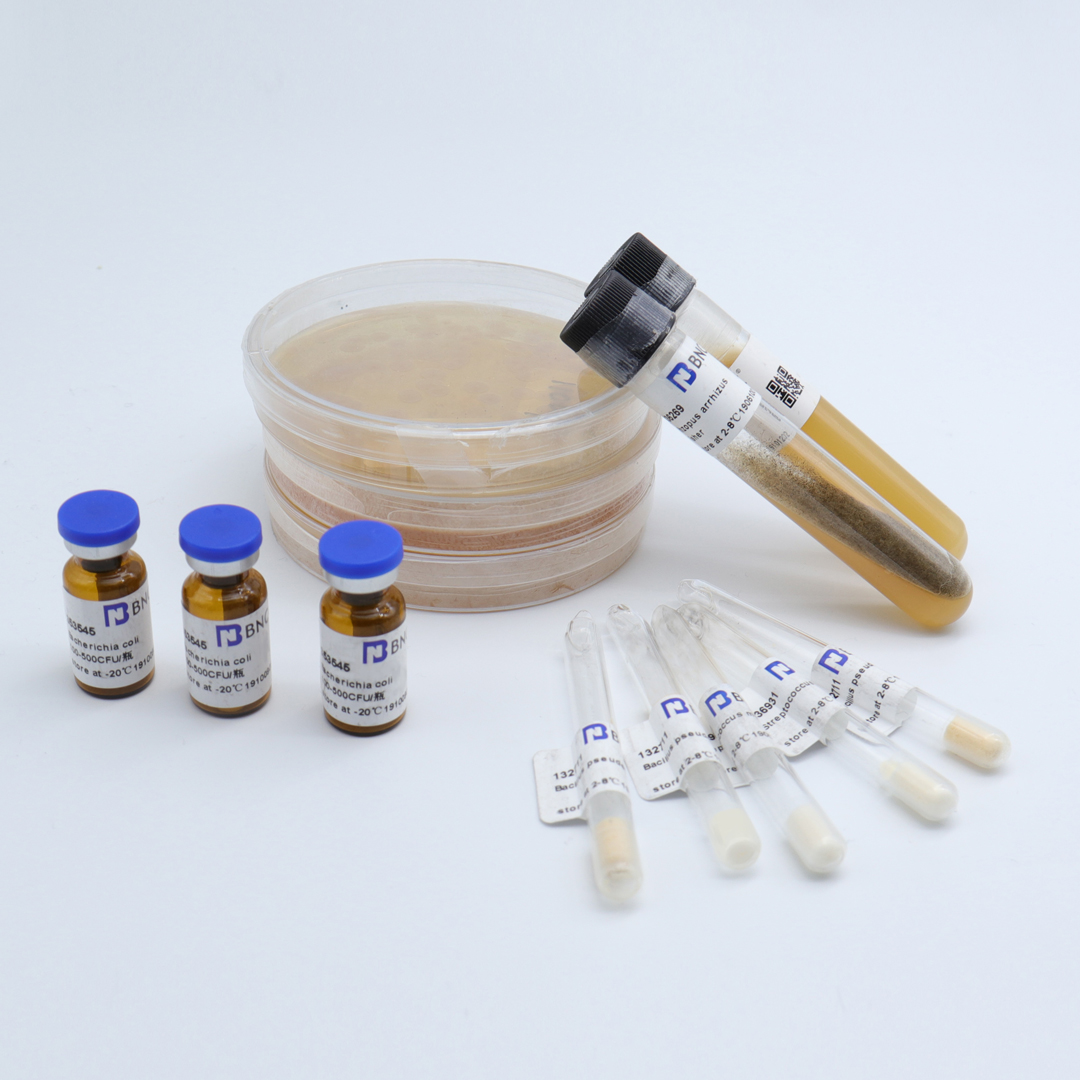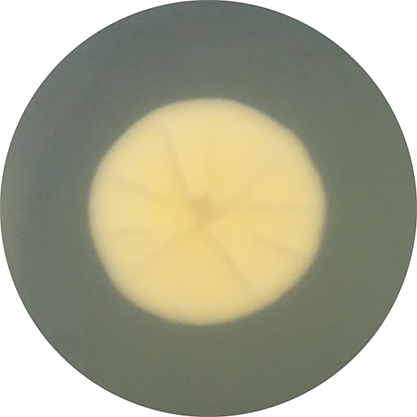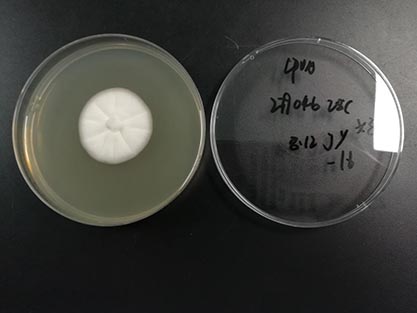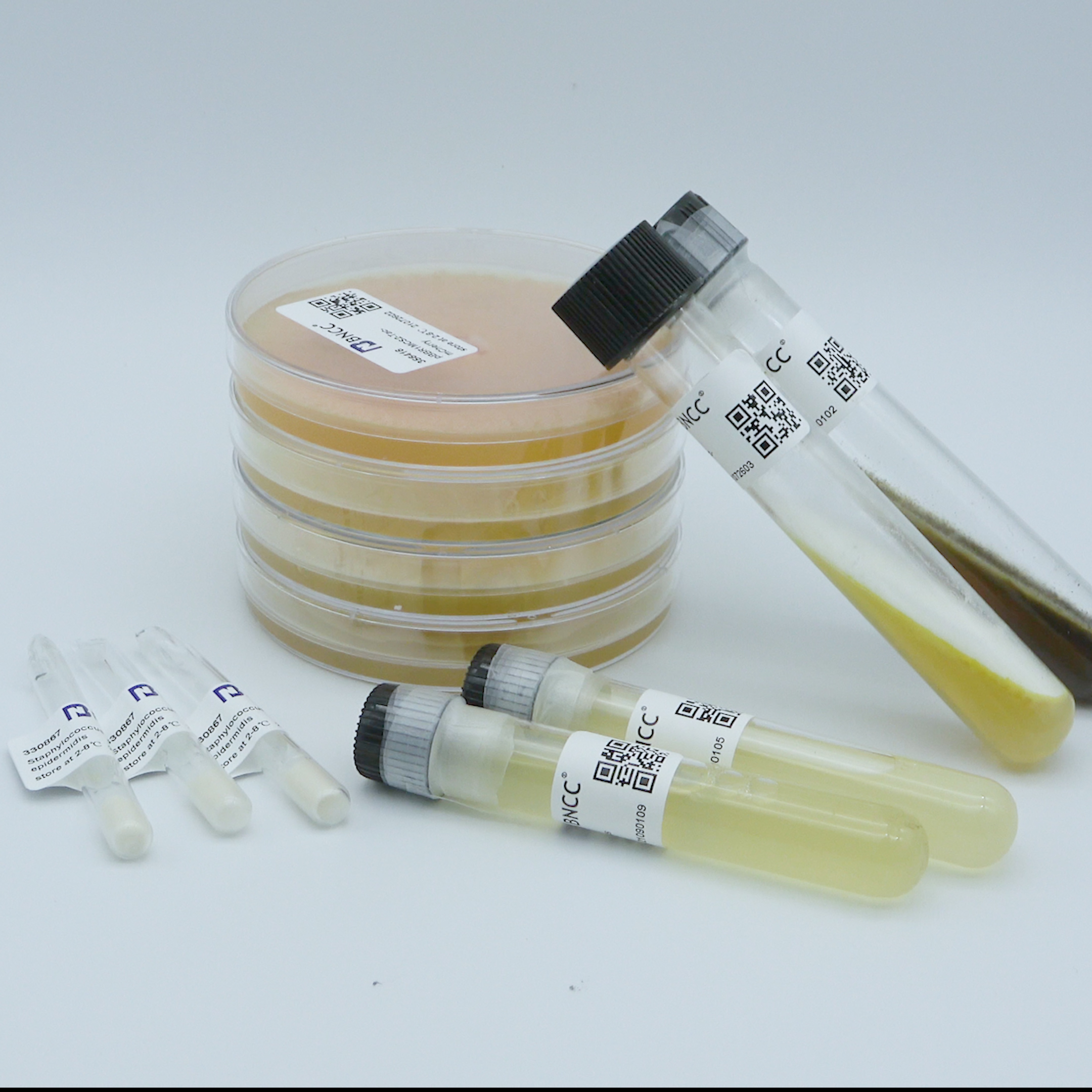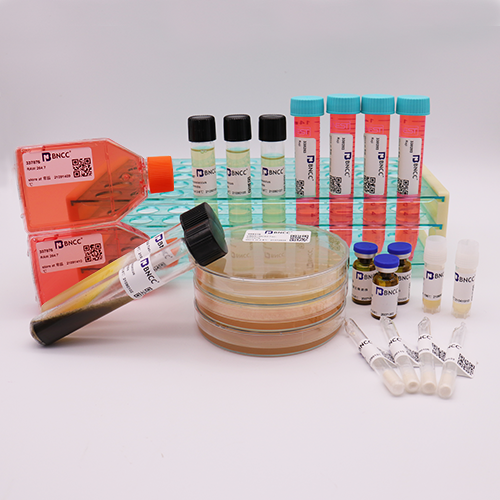Penicillium simplicissimum
Storage conditions: 2~8 ℃
No. : 279046
Product format: agar slant in 14mm test tube
Validity period : growing culture, in 30 dyas
Biosafety level : 1 , handle in ultra-clean table or safety cabinet
Receiving notice: if any abnormality is found on the day of receipt, please contact the customer service within 24 hours. If it is overdue, it is deemed that the bacteria are well. The agar slant can be used directly. In principle, it can be used many times without contamination within the validity period, but viability will gradually decrease with time. Please operate in strict accordance with this instruction, otherwise the replacement of bacteria are not be available in case of aberrant growth and loss of viability.
Growth conditions :28 ℃, aerobic, integrated PDA,3-5 days. Comprehensive PDA: potato boiling solution 1.0L, glucose 20.0g,KH2PO4 3.0g,MgSO4·7H2O 1.5g, vitamin B1 trace, agar 20.0g,pH 6.0±0.2. Sterilization at 121 ℃ for 15min. Potato boiling solution: weigh 200g of peeled potato pieces, boil in boiling water for 30min, and collect filtrate to a constant volume of 1.0L.
Recovery steps:
(1)Prepare 1-2 pieces of PDA plates;
(2)sterilize the surface of test tube for the agar slant, open it in the biosafety cabinet;
(3)cut into the pieces with aseptic inoculation hoe and inoculation shovel (see attached page). the size of square pieces is 0.5 × 0.5cm2;
(4)lay flat the small pieces to the center of the agar plate;
(5)put the plates under the above culture conditions, and the strains can be used when they grow.
Recovery record: According to the recovery instructions, the results of the recovery are reported as follows:
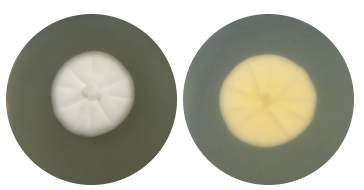
| Item |
test results |
| viability: |
good viability,in 4 days, strain layer is obvious |
| colony morphology: |
small filamentous fungi with obvious colonies on comprehensive PDA medium,
white, the colony is flat, with a few radial wrinkles, and the back of the culture medium is light yellow
|
| Conclusion: |
good viability, no abnormal colony morphology, qualified |

 info@bncc.com
info@bncc.com
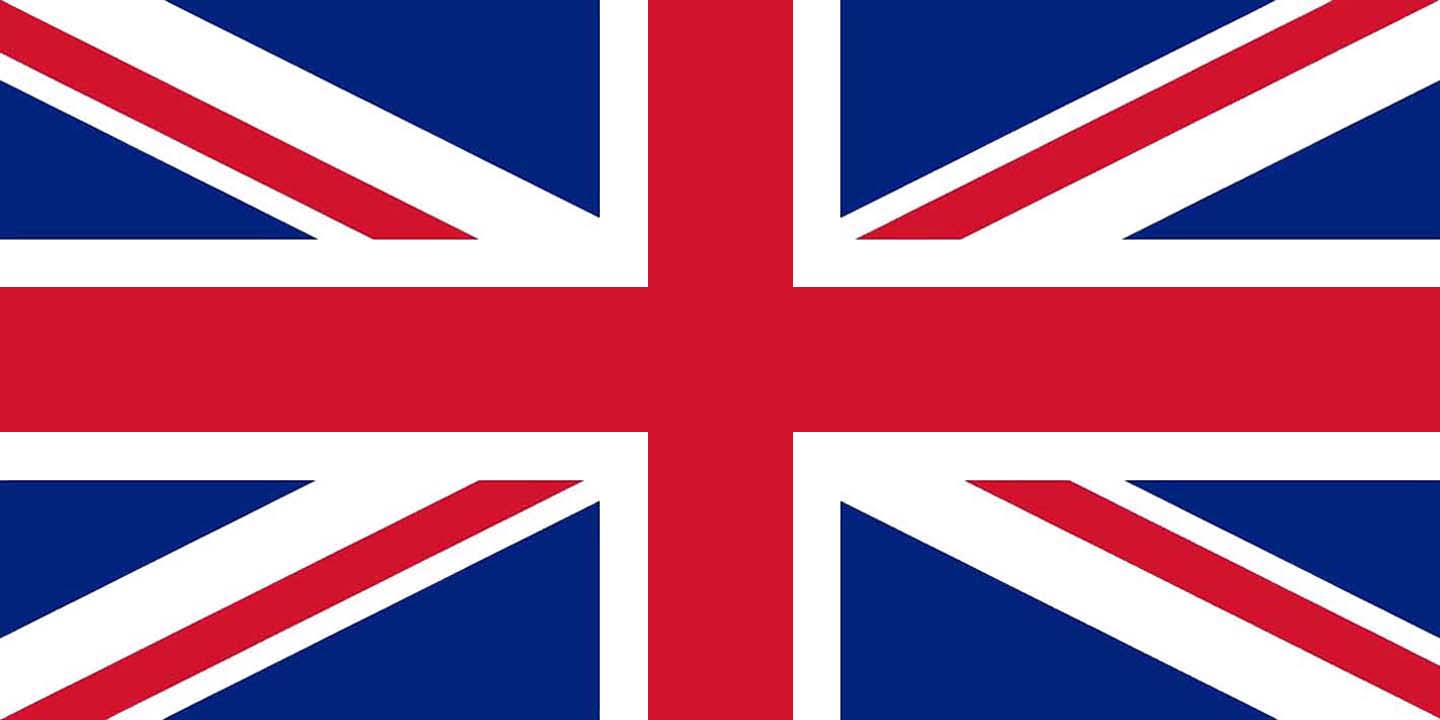 - English
- English
 - Japanese
- Japanese

